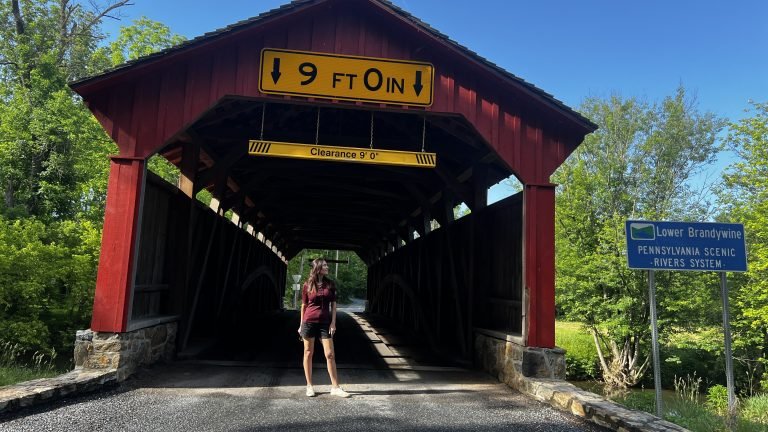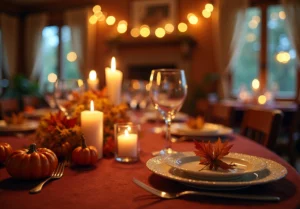When you think of covered bridges, perhaps the novel and movie of he same name, The Bridges of Madison County, comes to mind. The story was set in Iowa, but in actuality, Pennsylvania lays claim to the nation’s largest concentration of covered bridges, with over 200 still standing.
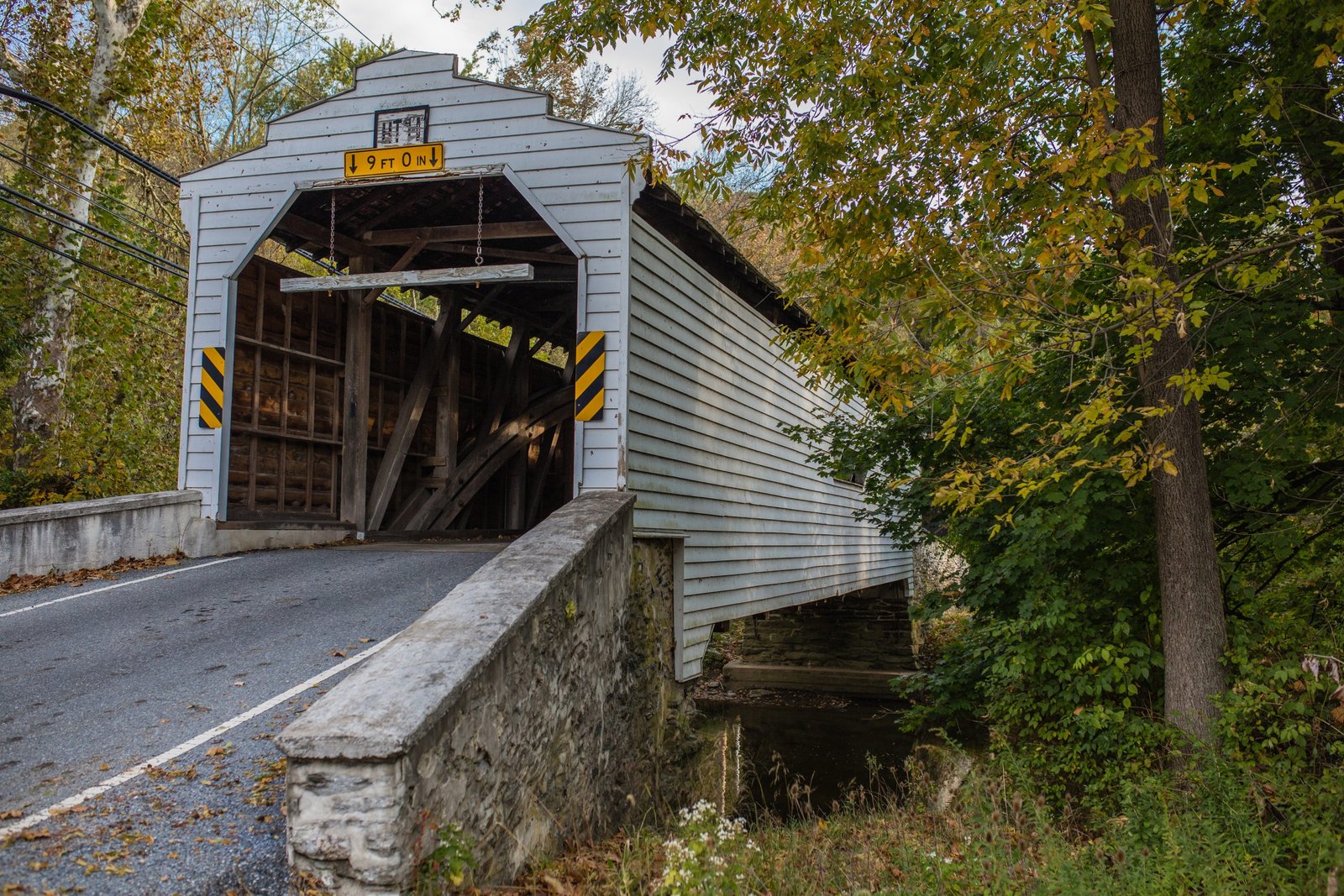
At their peak, there were more than 12,000 covered bridges in the United States. Pennsylvania was a leader in early American bridge-building. The first known covered bridge in the U.S. was built in 1805 over the Schuylkill River in Philadelphia.
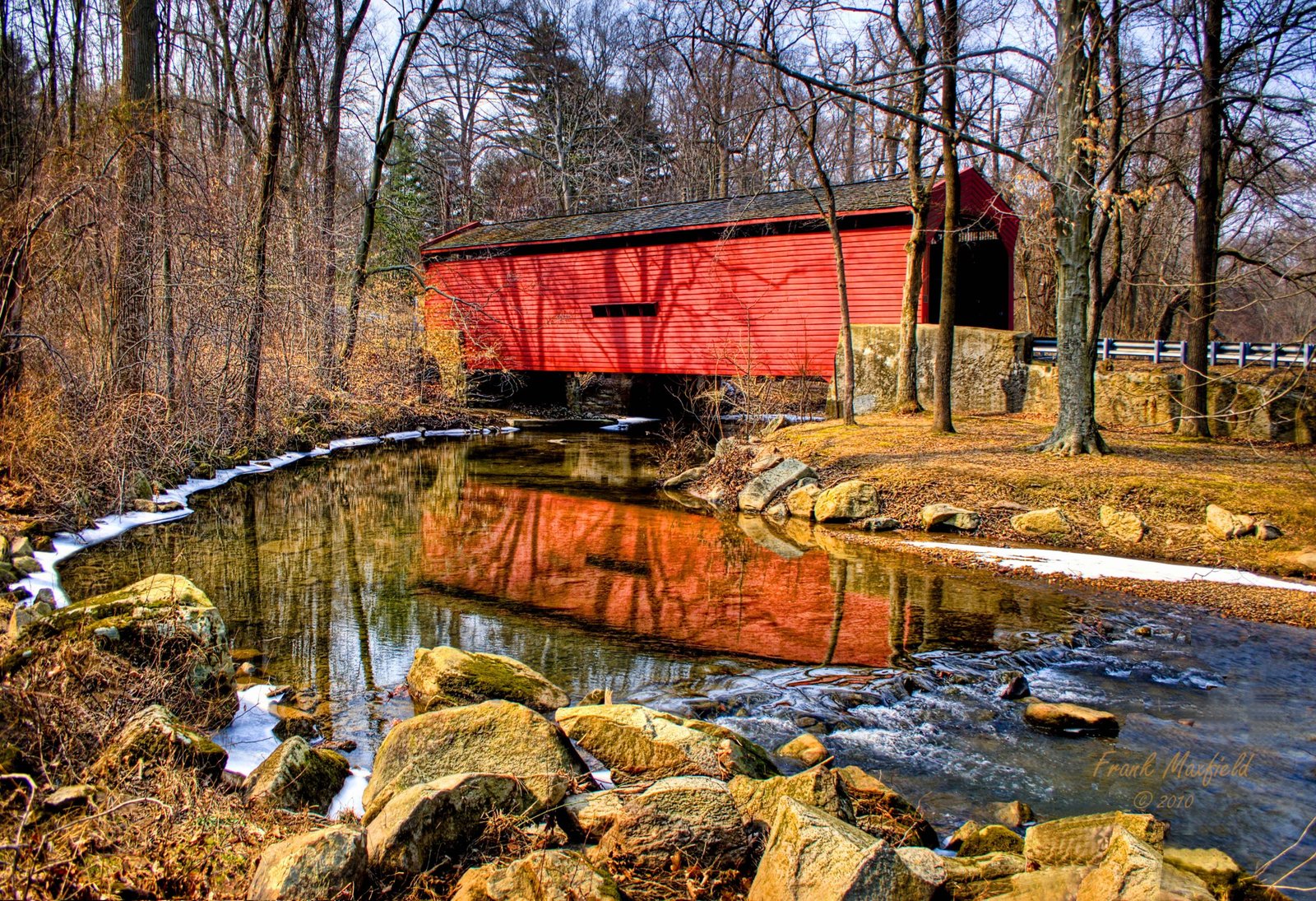
The state’s covered bridges were born of necessity to traverse its many streams and rivers, especially in rural farming regions, while offering protection from the weather and extending their lifespan. Covered bridges proliferated in Pennsylvania because of an abundance of timber in the 19th century. The Burr arch-truss design originated in Pennysyvlania which combined sturdiness and longevity.
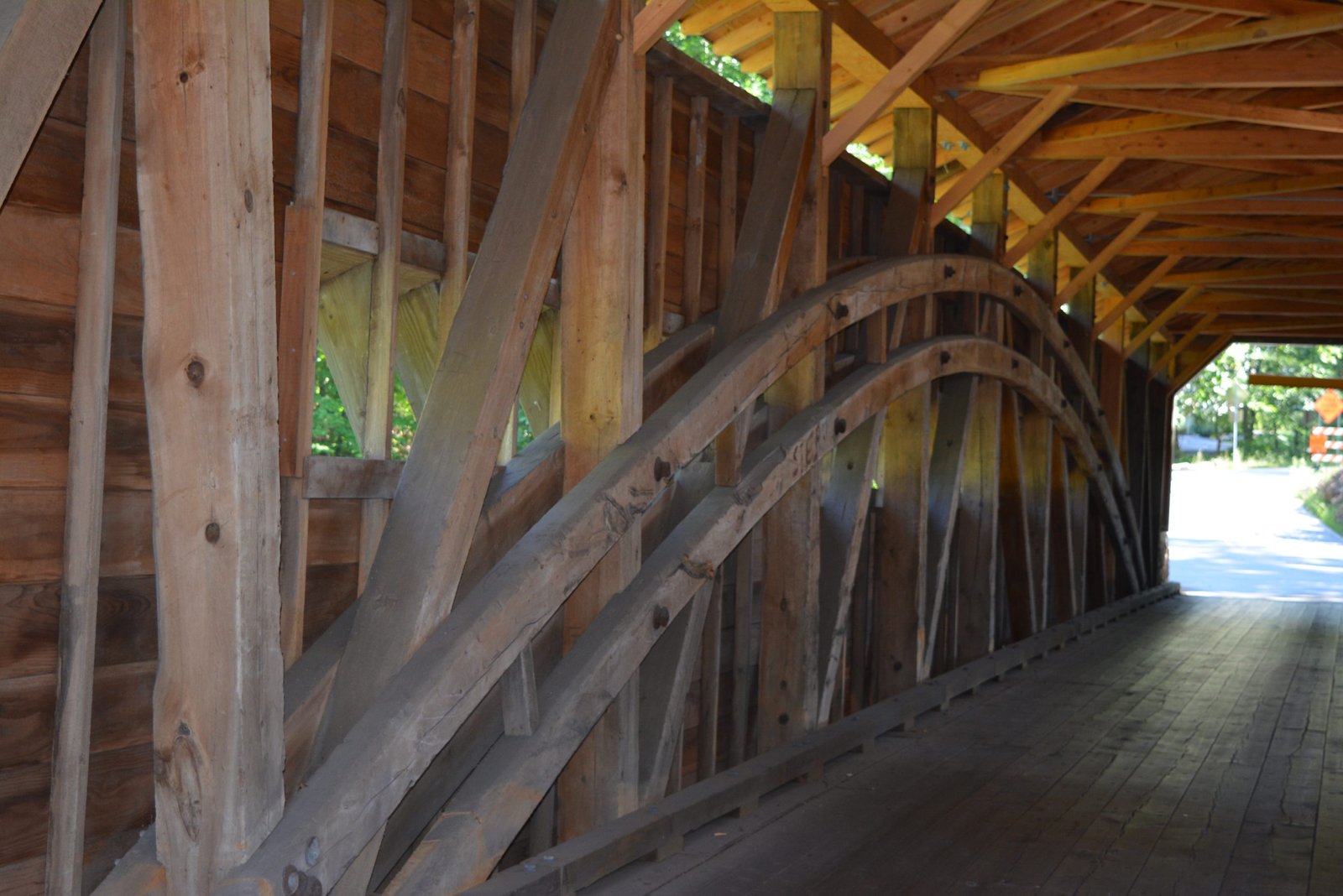
A typical covered bridge features wooden trusses, sides, and roofs designed to protect the structural integrity of the bridge. Today, approximately 200 covered bridges remain standing. Chester County’s Brandywine Valley has the fourth-largest concentration of covered bridges in Pennsylvania, with 13 that you can visit and photograph. To find these storied and scenic bridges, put the bridge name in your GPS for directions or see a list and a map at BrandywineValley.com.
Let’s cross that bridge when we get to it in Brandywine Valley:
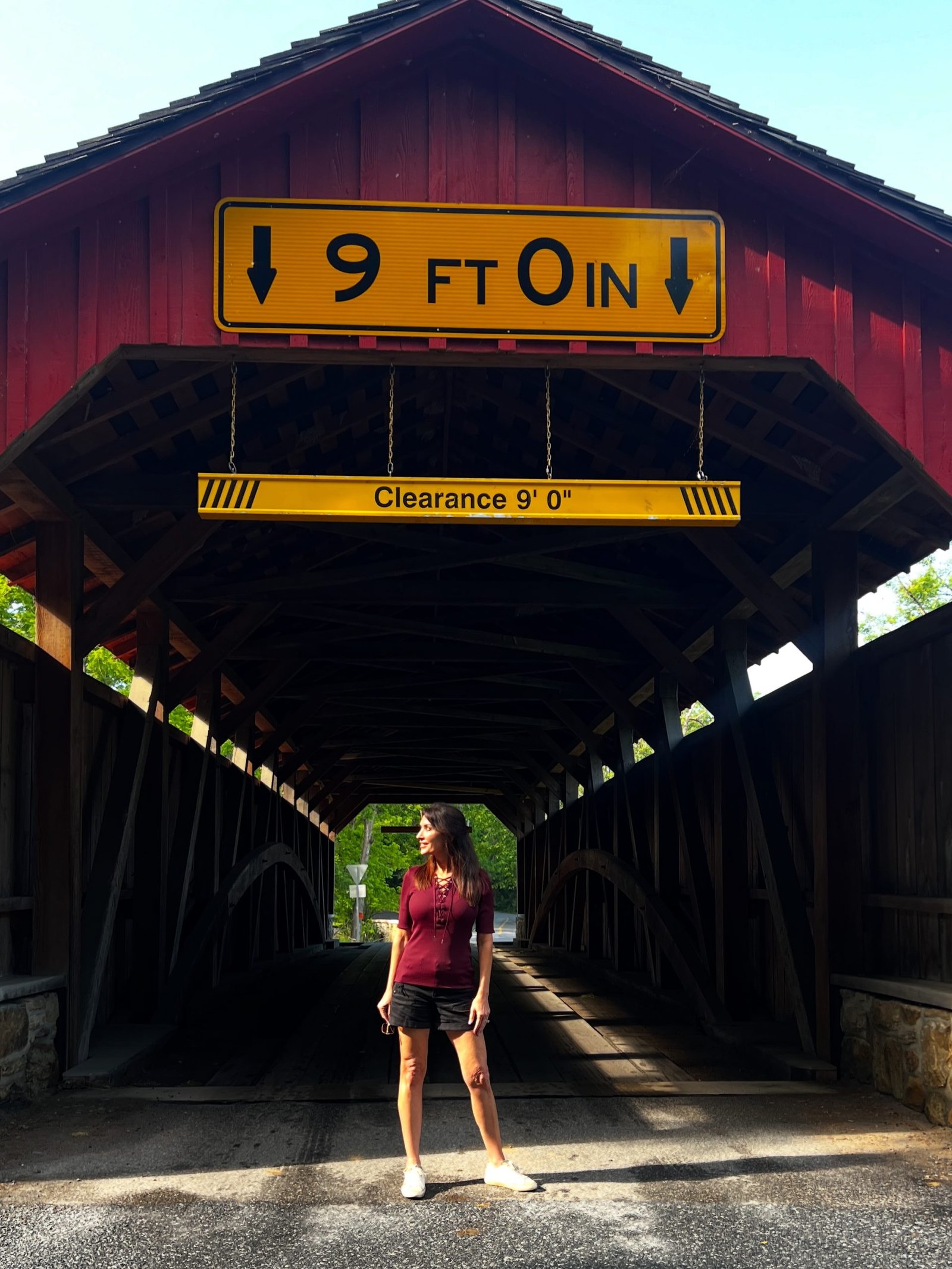
I captured on camera several photogenic bridges criss-crossing the landscape, including Speakman Bridge #1 in Coatesville, built in 1881. The 75-foot-long bridge features a Burr arch truss and is open to vehicle traffic.
✨ Planning a Visit
- Most bridges are accessible by scenic rural roads.
- A few (like Gibson’s and Glen Hope) are on the National Register of Historic Places and often receive regular preservation care.
- Check for seasonal closures, as some areas are pedestrian-only or undergoing restoration.
- Combine your trip with visits to Valley Forge, Brandywine Valley, and local wineries and parks for a full heritage tour.
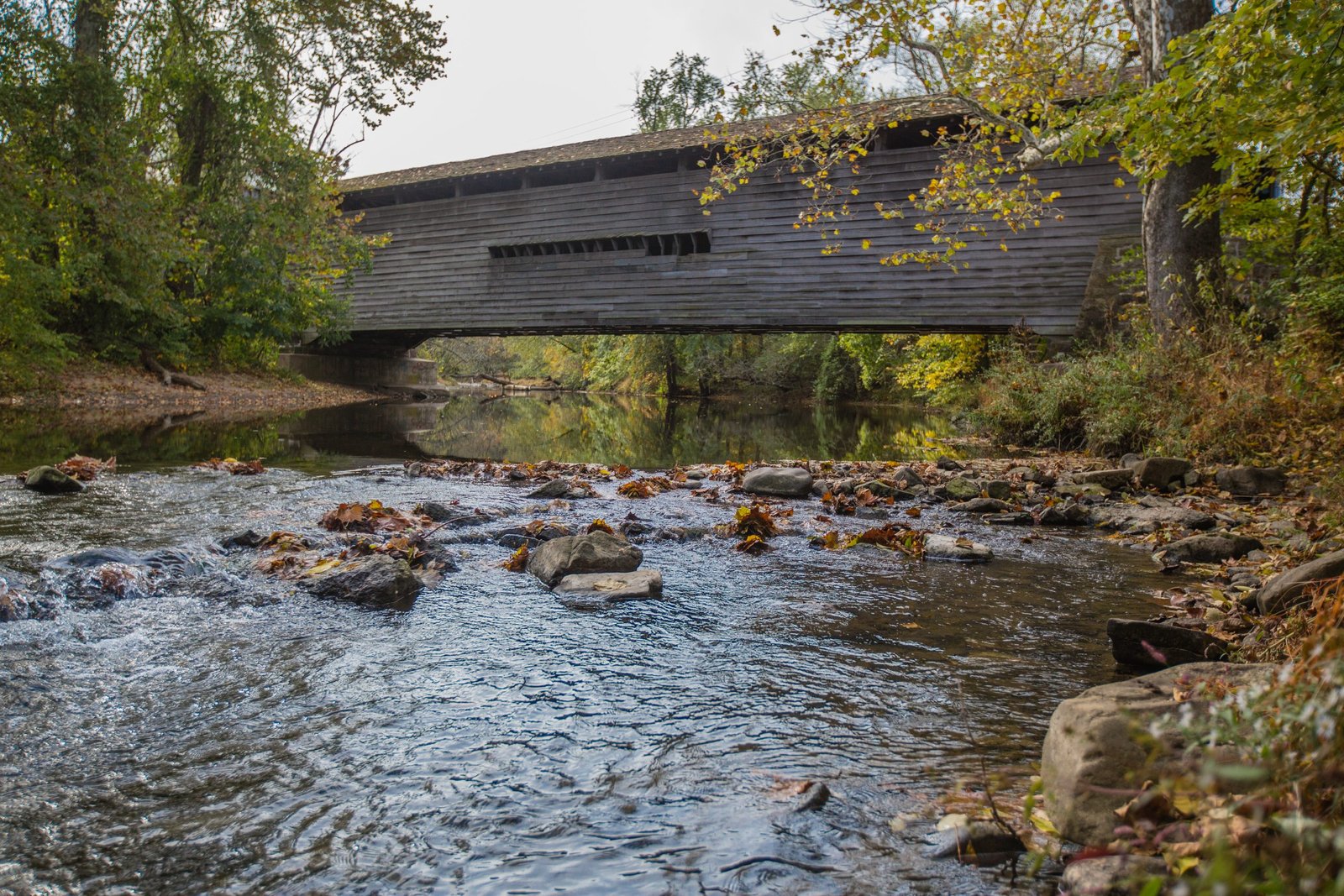
Pennsylvania’s covered bridges are living monuments to rural ingenuity, craftsmanship, and preservation. Whether you’re a local explorer, tourist, photographer, or history buff, these bridges offer a tangible link to the past and a serene, enduring travel experience.








